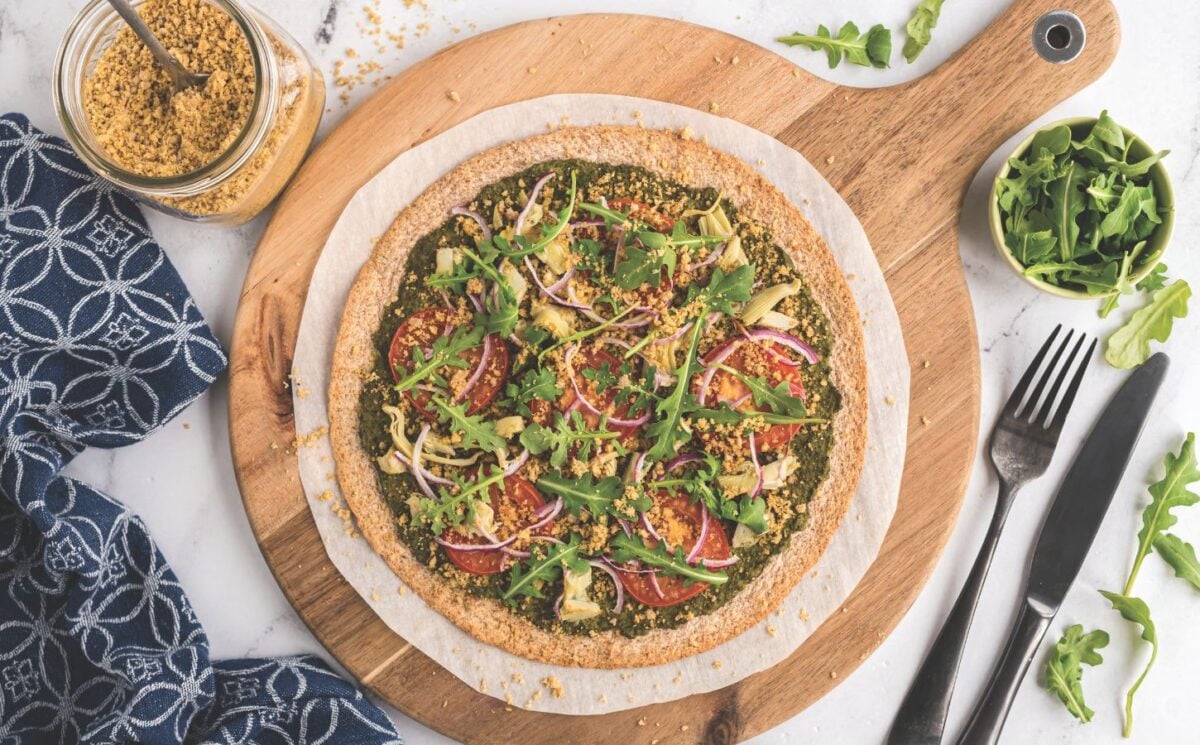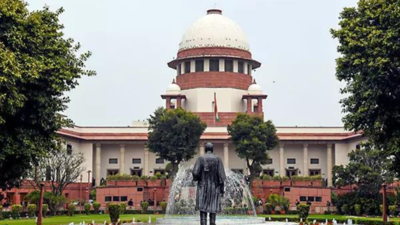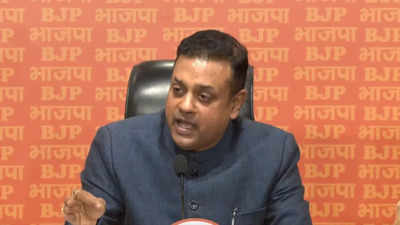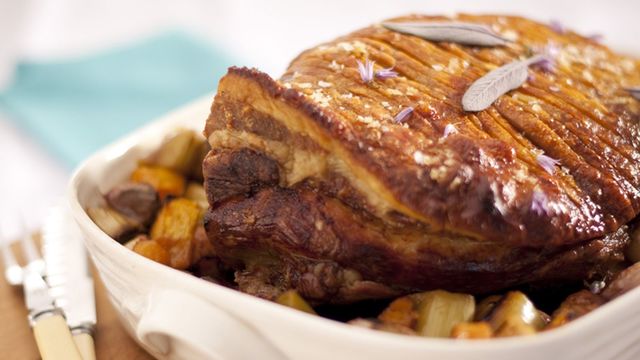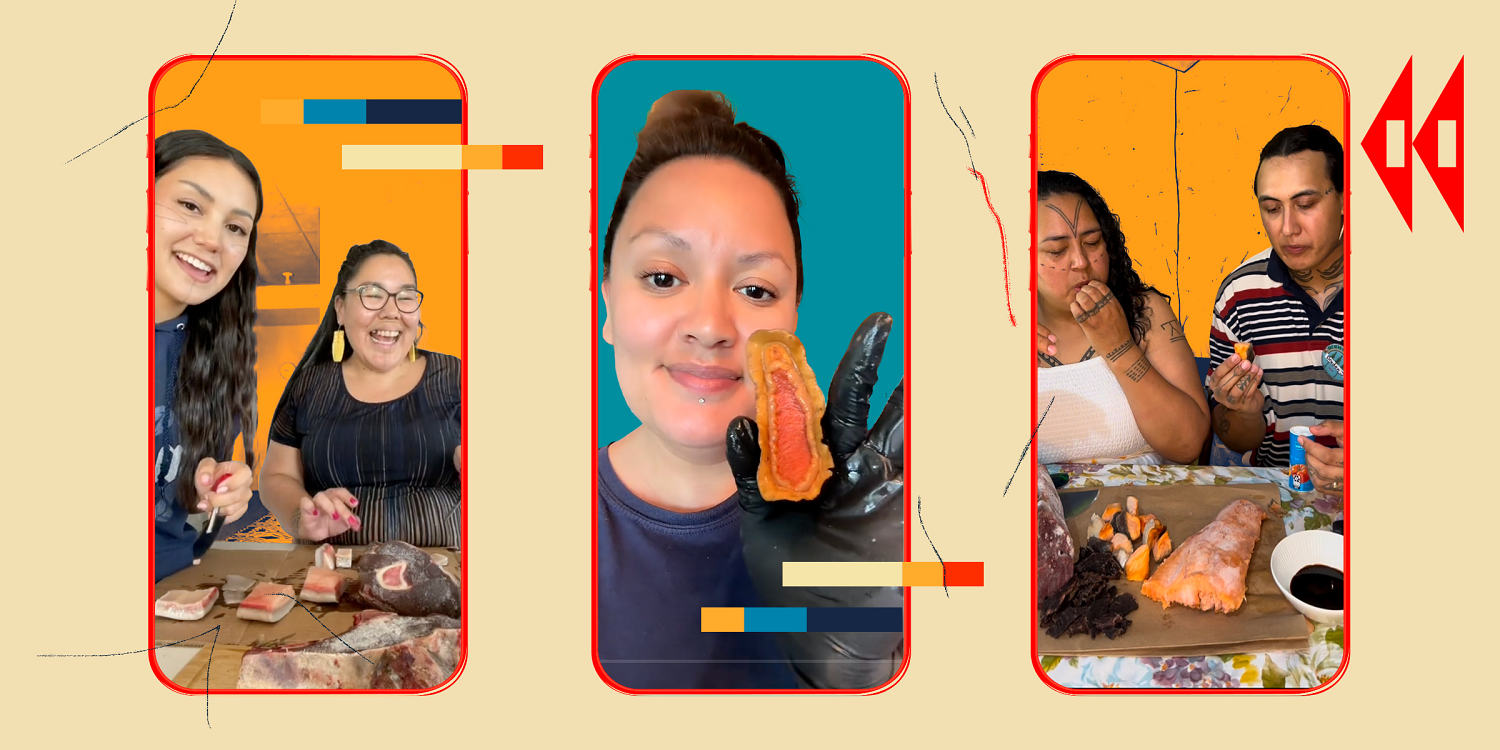
In her gloved hand, Nicole Norman holds up a small sea creature: a dark, armored and articulated shell glistening with the slick of seawater. She flips it around, revealing vibrant orange flesh on its underside. To many of her viewers on TikTok, the animal is a brand-new sight, but to her, it’s a childhood staple.
“Let’s cook some bidarkis,” Norman says with a smile. In her , Norman, who is Sugpiaq/Alutiiq, is boiling chitons, flat and symmetrical marine mollusks also known as or bidarkis. While there are , the ones Norman gathers are called , which can be found on the shores of the U.
S.’s northernmost state. “I live in Port Graham, Alaska,” Norman tells TODAY.
com. “It’s a tiny Native village. Population: 150 people.
It’s only accessible by boat or plane, so we’re very remote. We’re very secluded.” In her other videos, she , and bidarkis, informing her audience of its mild, ocean-fresh flavor and rubbery texture.
“It doesn’t compare to clams, scallops or mussels,” Norman says. “If you’re someone that doesn’t like fishy-flavored things, I think that you would be able to eat bidarkis.” Norman documents what she gathers from Alaska’s seas and prepares bidarkis, , , and more for her audience, racking up millions of views in the process.
And that’s not a fluke. On TikTok, many Indigenous people have been sharing their traditional foods — foods that don’t get much attention in the mainstream culinary world — and attracting large followings because of it. “To keep me and my brothers connected to our culture, my mom always made sure that she had country food, or our traditional food, wherever we were, just to stay connected,” Inuk author and content creator Braden Kadlun tells TODAY.
com. Kadlun, who lives in Calgary, Alberta, Canada, but is originally from Kugluktuk, Nunavut, regularly posts TikToks . One of his first viral videos was with his mother, Hovak Johnston, teaching him how to , also known as mattaq, maktaq, mangtak, mungtuk and kimaq, among other names, depending on where you are in the world.
Kadlun’s other videos show with Johnston: eating muktuk and (dried fish), to cut fatty meat and . But, Kadlun says, this heartwarming peek into his family’s meals almost didn’t happen. “I was like, ‘Mom, you should go on TikTok, you’re a knowledge keeper.
You know so much about our people, you should go share,’” he says. She initially refused. “I pushed and pushed, and eventually she was like, ‘Okay, only if you do it with me.
’” A similar whim put Shina Novalinga, who is Inuk, on the path to becoming a prominent Indigenous voice on the platform. “So it all started with (my mom and me) wanting to share about beluga meat for fun,” Novalinga tells TODAY.com.
“We did not realize how unique this type of food was until we saw all the questions and comments from that video.” In 2020, introduces viewers to muktuk. To prepare the muktuk’s grid of bite-sized pieces, her mom uses an , a traditional semi-circular knife used to cut frozen meat.
“It is used to perform ‘womanly tasks’ such as sewing, cutting or skinning meat and cutting hair,” Novalinga explains. “Today, an ulu is made from stainless steel and the handles are usually made of wood, ivory or bone. It is a big part of a woman’s identity.
” Novalinga is a and full-time content creator with 4.3 million followers on TikTok. She lives in Montreal, Quebec ( ) and says the response to her muktuk TikTok pushed her to post more about her culture’s foods.
“Food is a beautiful way to bring people together,” Novalinga says. “By sharing my culture, more people are learning about Inuit food and how sustainable it is. I hope that I can inspire others to be open minded and to try new things.
” Novalinga’s TikToks of muktuk, , and pique interest, nourish minds and in Indigenous communities — a topic many other Native creators are also passionate about. “Here in the Arctic grocery prices are extremely expensive, which is why up here we try to go hunting for our own food as much as we can,” says Inuk model and influencer Willow Allen in an about grocery shopping in Inuvik, Canada. “I think it’s crazy how much things cost here compared to the South,” she says while showing an $18 jar of peanut butter and a $44 pack of chicken breasts.
Canada’s Indigenous population is , partially due to grocery price disparities between Indigenous reservations and settler communities. This makes the traditional foods of Allen’s culture that much more consequential. Carly Griffith Hotvedt, executive director of advocacy group and a citizen of the Cherokee Nation, says it’s not much better for Indigenous folks in the U.
S. “A lot of times you get left out,” Hotvedt tells TODAY.com.
“That is what has largely happened in the last 200 years of our food systems development within the United States.” Hotvedt points out that Indigenous people weren’t given any decision-making power when the United States was founded — and they still face legal challenges today in a judicial system that frequently . A found that from 2000 to 2010, 25% of American Indians and Alaska Natives were consistently food insecure — twice the rate of white Americans.
“The work that we do is for all in the United States, and we really respect all of those tribes’ food sovereignty desires,” Hotvedt says. “What we try to do is take a look at how we can be as inclusive as possible to create paths forward for each of these tribes to recognize their own food sovereignty destinies in a way that fits them best.” In the comments sections of these Indigenous food videos, viewers commonly ask how the creators have access to animals like the beluga whale, which is .
There are hunting and fishing treaty provisions, Hotvedt explains, that allow tribal citizens in an area that’s historic to them to take as much of a naturally-occurring food product as they need for subsistence. (NĀTIFS), an organization founded by James Beard award-winning Oglala Lakota Sioux chef Sean Sherman, is also dedicated to reestablishing Native foodways by addressing the health and economic problems faced by Indigenous communities. “We need more access to our indigenous foods,” Sherman tells TODAY.
com. “But first off, we just need a lot more understanding, which is why we’re trying to do our part of bringing education back into it, because a lot of our food ways were completely disrupted with colonization.” NĀTIFS has opened the , a kitchen and training center in Minneapolis, Minnesota that researches and cultivates , and assists those interested in launching food businesses using Native traditions and Indigenous foods.
“I always tease our kids can name more Kardashians and they can tree species,” he says. “So we should be focused on a lot more of the connection of the world around us.” Sherman says Native TikTokers can definitely help make an impact.
“I think this younger generation is absorbing so much knowledge in such short bits,” he says. Kadlun hopes this corner of TikTok “normalizes our food, and makes young Inuit kids more comfortable and more willing to eat their country food,” he says. Norman is now a secretary at the school in Port Graham.
During the summer, she works with youth as part of the village’s tribal council. “I get to teach the kids how to subsist, which I love,” Norman says, taking a moment to reflect. “I can’t explain the feeling it gives me.
It’s pure joy to be able to show them our traditions and put it out there in the world for people to learn.” Washington, D.C.
native Joseph Lamour is a lover of food: its past, its present and the science behind it. With food, you can bring opposites together to form a truly marvelous combination, and he strives to take that sentiment to heart in all that he does..








